The Whitney Plantation is not the plantation to visit if you are interested in touring a beautiful antebellum mansion and being regaled with stories of a fabulously wealthy aristocratic southern family. The focus here is just the opposite. The Whitney Plantation tells the stories of enslaved African-Americans who toiled, suffered and died on plantations all across the South, prior to emancipation.
Slave labor powered the Southern economy from the early 1800s until the end of the Civil War (and to some extent beyond, as will see later in the post). In the years just before 1800 there were just under 20,000 enslaved Africans in Louisiana and several hundred enslaved Native Americans. Surprisingly, there were almost as many free people of color (16,000) in Louisiana at this time. When the Civil War commenced in 1860, the situation had dramatically changed. The were slightly over 330,000 enslaved Africans while the census of free people of color was almost unchanged (18,000).
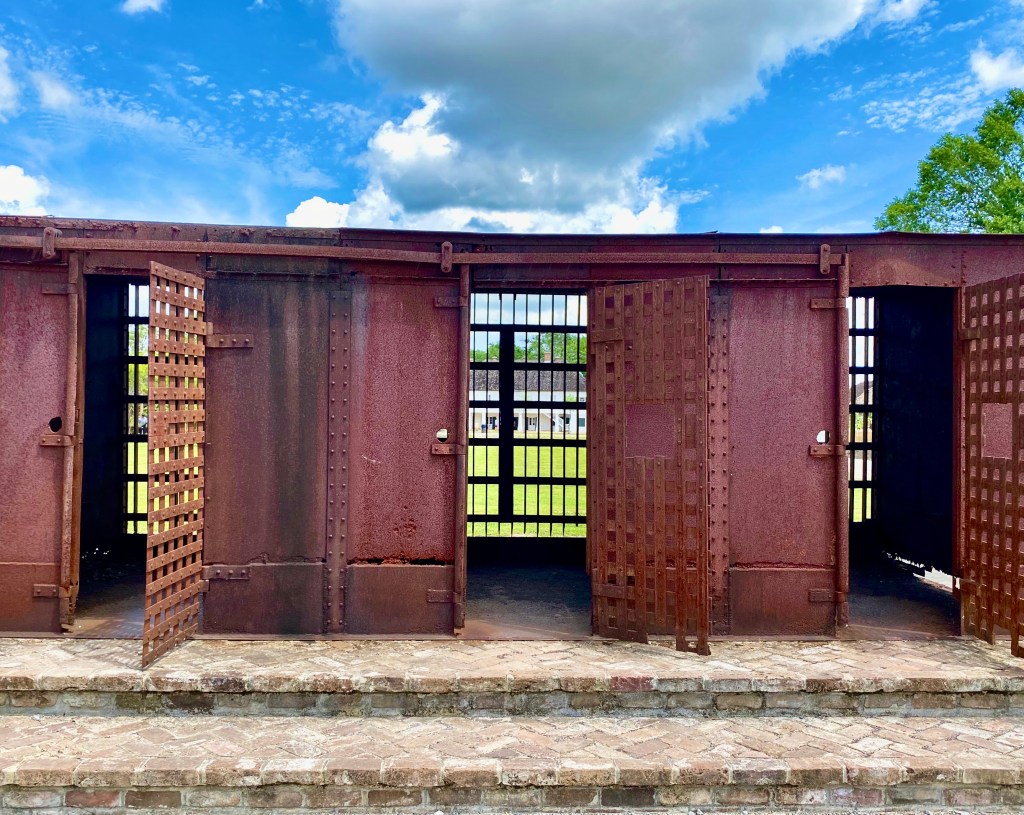
“One night master come in drunk an’ set at de table did his head lollin’ aroun’. I was waitin’ on de table, and he look up an’ see me. I was skeered, an’ dat made him awful mad. He called an overseer an’ tol’ him: ‘Take her out an’ beat some sense in her.’ I began to cry an’ run an’ run in de night; but finally I run back by de quarters an’ heard mammy calling’ me. I went in, an’ right away day come for me. A horse was stand-in’ in front of de house, an’ I was took dat, very night to Richmon’ an’ sold to a speculator ag’in. I never seed my mammy any more.” Delia Garlic, Louisiana Slave*
The WP is one of several plantations that sat along the Mississippi River between Baton Rouge and New Orleans. This area was called the German Coast as many of the plantation owning families in this area were originally from Germany.

The WP was owned by a German family, the Haydels, who owned the plantation for 110 years. The enslaved individuals on this plantation numbered around 130 adults and children at any one time, the majority of whom were from West Africa.
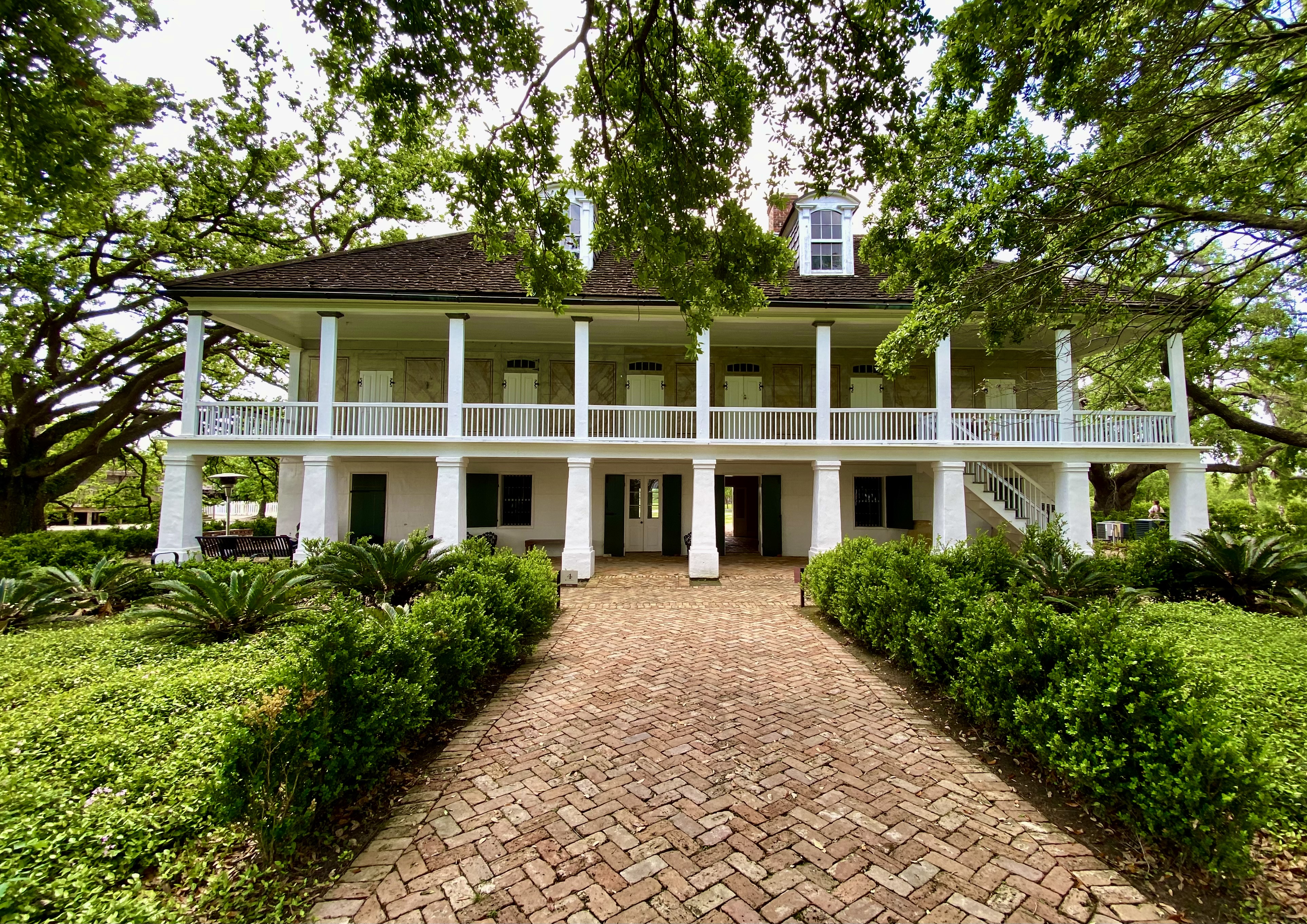


The enslaved individuals built the plantation for their owners. They cleared all the fields in order to farm sugar cane, rice and indigo. They felled the trees and built the Big House along with all of the outbuildings and their own quarters.

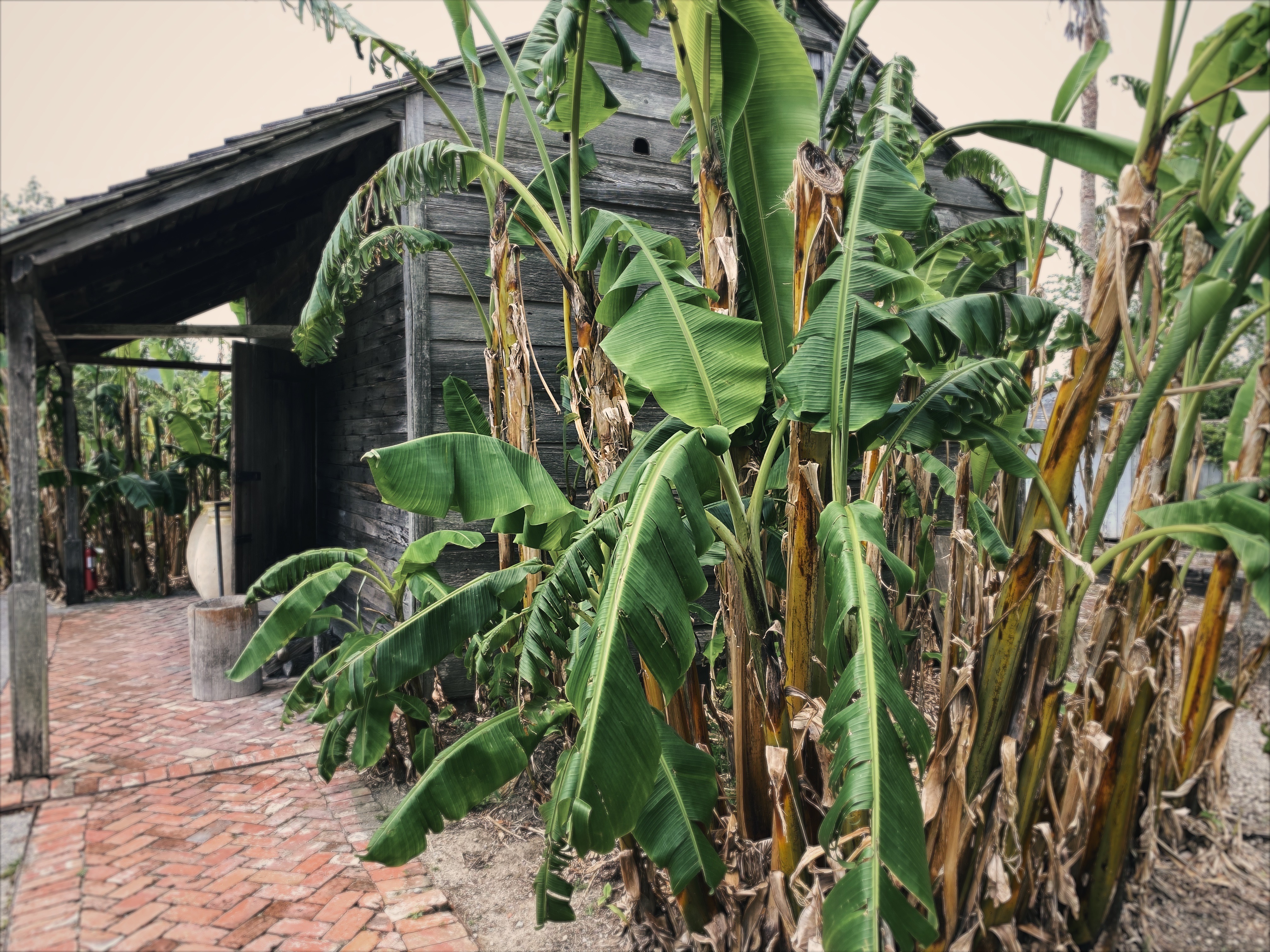
The kitchen pictured above was built in the mid-1800s. All of the cooking for the plantation owners was done in this location away from the Big House. This was common on plantations so as to keep the heat, smoke and smells away from the owners’ living quarters. It is in kitchens such as this one that you will find the origins of what is now Creole food as the kitchen slaves cooked using their African recipes, such as gumbo, couscous and jambalaya. Also, don’t forget that okra, yams and watermelon also were brought from Africa and subsequently grew here in popularity and in abundance.

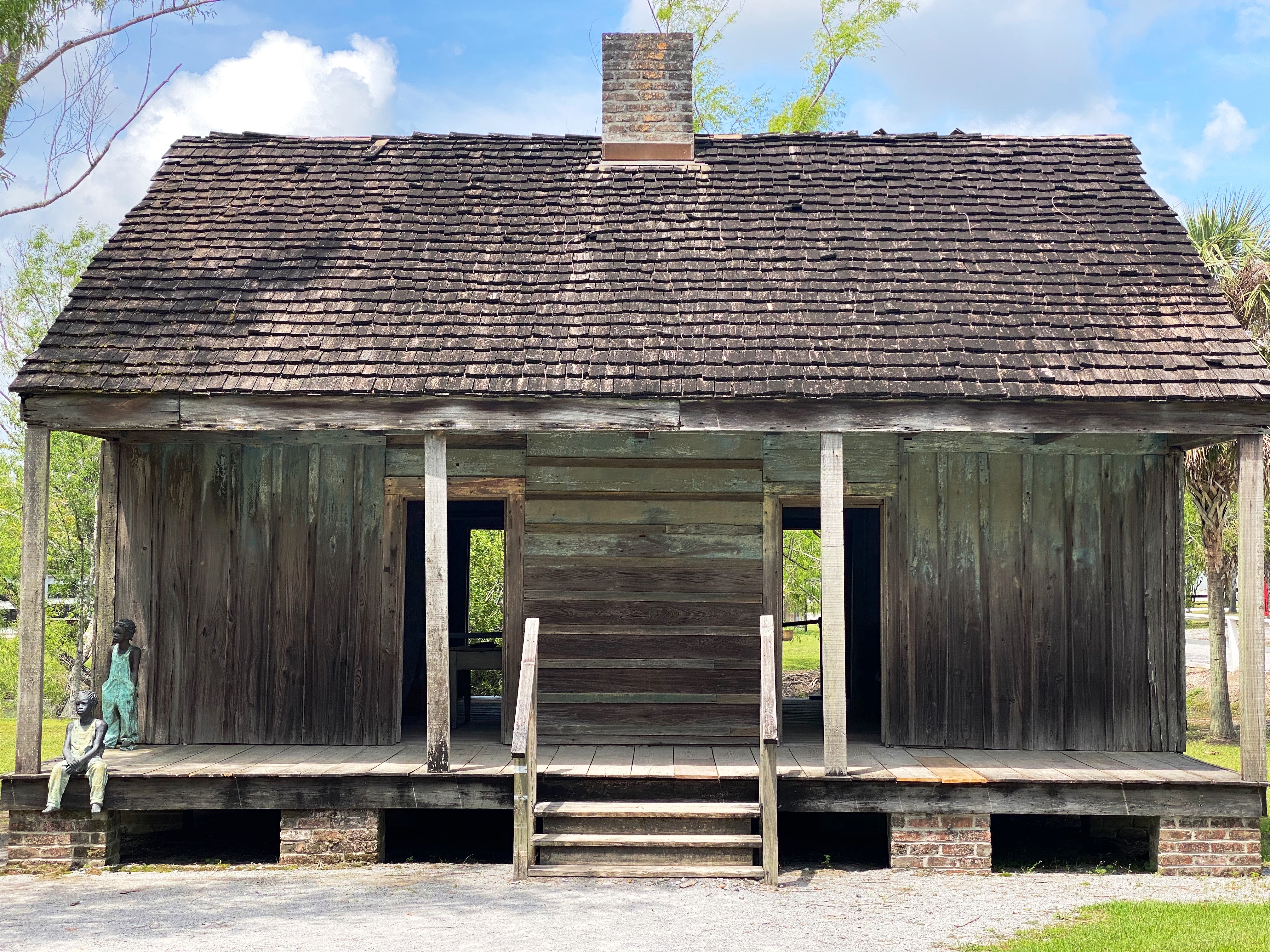
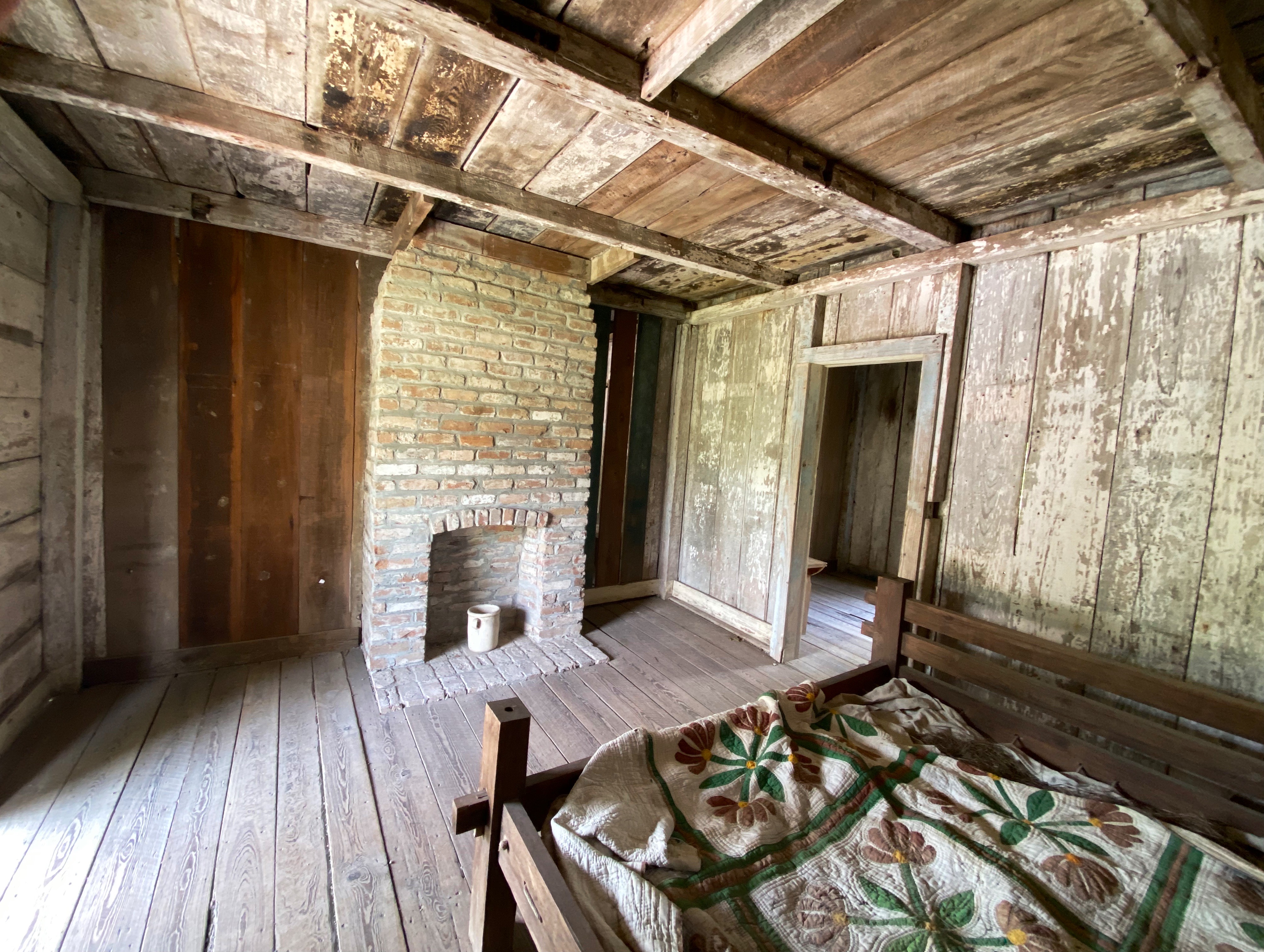
There were 22 slave cabins at WP. Today seven cabin remain. Entire families or groups of enslaved people lived in this one room (many families were separated as slaves were bought, sold or died from illness.) Multiple people shared a single bed while many of the slaves had to sleep on the floor or wooden pallets. These cabins offered very little protection from the extreme heat of the summer or the cold during the winter months.
The typical workday was from sunrise to sunset — what was commonly known as “can’t see to can’t see”. Children were typically viewed as adults by age ten and accordingly sent to the fields to work along side the adults.

Pictured above and below are the sugar kettles used to boil and reduce the sugar cane to create sugar and molasses. Beginning in October the enslaved individuals worked in shifts around the clock, every day of the week, until all of the sugar cane was cut, ground and refined into sugar and molasses. As there was no electricity, the enslaved individuals worked by candlelight throughout the night. Many enslaved individuals were injured, some by snakes in the fields and others during the grinding and boiling process, and working by candlelight added to the likelihood of injury.
The WP grew two main crops, sugarcane, as mentioned above, and rice. Since these crops are harvested at different times of the year, the enslaved individuals had no down time. When you owned a plantation and treated humans as property – your machinery – it was a most productive environment and quite lucrative. Shameful.

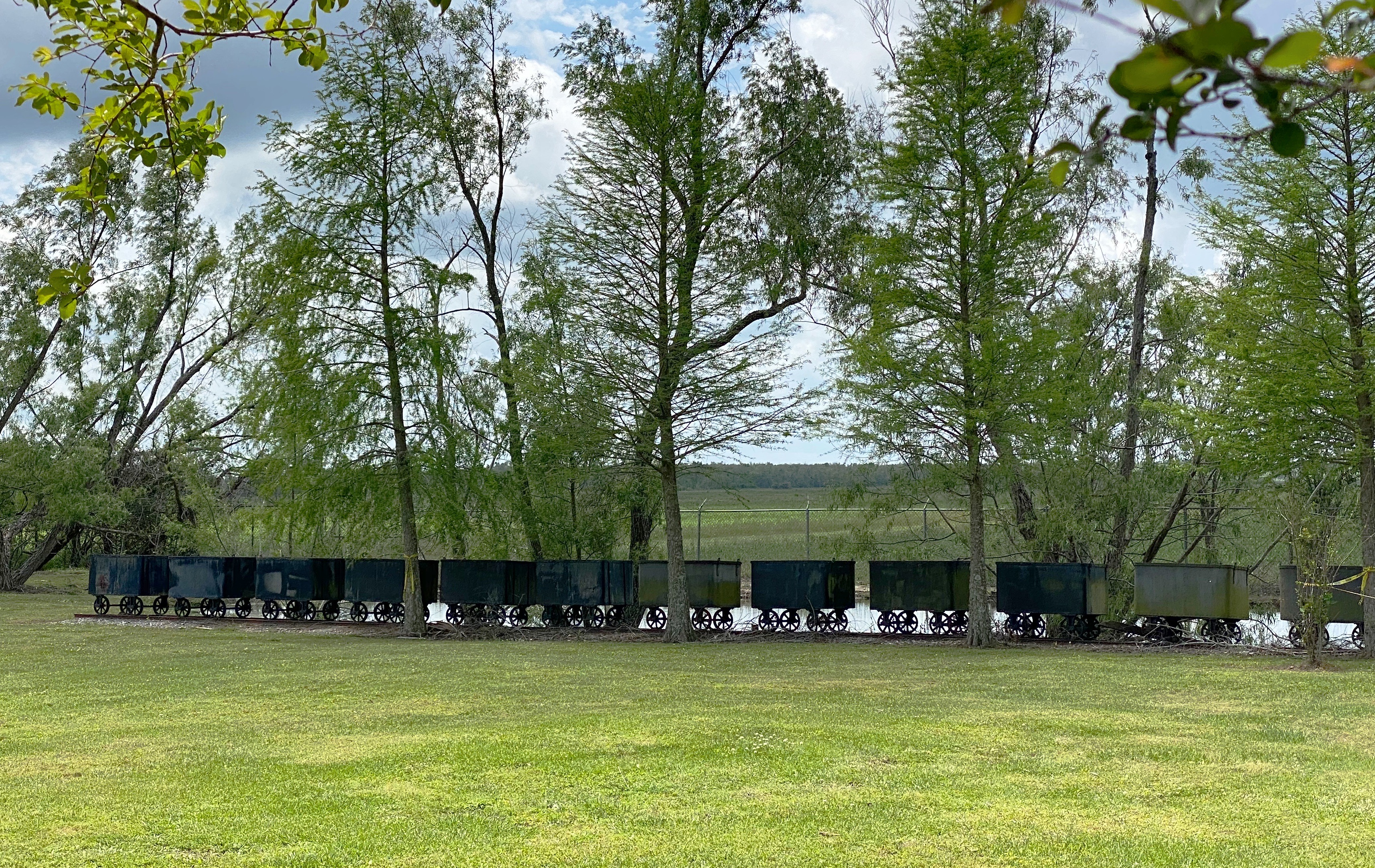
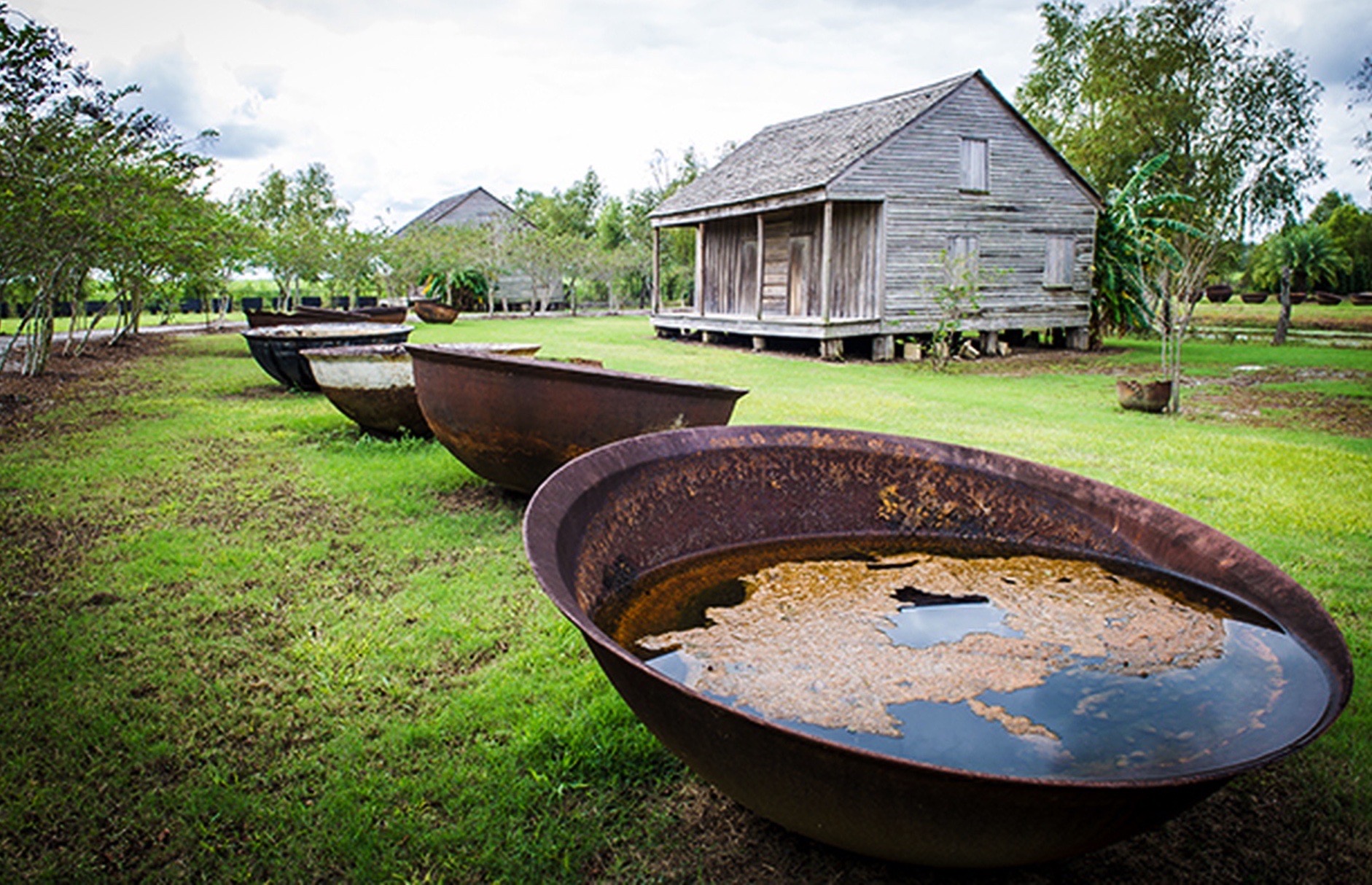


The plantation Overseer was the person responsible for the day to day operation of the plantation. Plantation owners took great pains to avoid the dirty business of managing the enslaved workforce. The Overseer was a free white man who lived on the plantation.

The WP also utilized Slave Drivers. The Slave Drivers worked for the Overseer and were enslaved individuals themselves. The Slave Driver was charged with directly supervising the field gangs and was the person that usually administered physical punishment to workers not meeting standards and to runaways who were captured and returned to the plantation. Not surprisingly, Slave Drivers were usually despised by the other enslaved individuals on the plantation (and occasionally found dead in the fields).
“Take that old woman, poor old woman, carry in the peach orchard, and whipped her. You know, just tied her hands this way you know around the peach orchard tree. I remember that just as well – look like to me I can’t – and round the tree, and whipped her. And she couldn’t do nothin but just kick her feet, you know. Just kick her feet. But they just had her clothes off down to her waist you know. Just didn’t have her plum naked, but they had her clothes down to her waist. And every now and then they’d whup her again. And snuff a pipe out on her. Just snuff the pipe out on her.” Laura Smalley*
Considering the horrendous working and living conditions and the brutally violent punishments (torture) that were frequently inflicted upon the enslaved population of this and other plantations along the German Coast, it is not surprising that there were periodic revolts by the enslaved population.

In 1811, enslaved individuals led by a Slave Driver (Charles Deslondes) from a nearby plantation on the German Coast led a revolt. The rebels marched from plantation to plantation (with the intent of killing the plantation owners) and enlisting more enslaved individuals. They were armed primarily with tools from the plantations and some weapons provide by Marroons. The number of rebels is not known for certain – estimates range from 200 to 500. It was definitely the largest revolt in the history of slavery in the United States.
Not surprisingly, the revolt was short lived. The rebels killed two white people during the revolt. Around 40 rebels were killed. Another 65 rebels were captured and went to trial in New Orleans. Also, not surprisingly, they were all found guilty. The rebels were then transported back to their respective plantations. There, the plantation owners executed and then decapitated the rebels in front of the enslaved population of each plantation. The plantation owners’ finishing touch was to put each head on a pike, where it was left to rot (see the photo above of the German Coast Uprising Memorial).

“I don’t know about the church when they first start….you know….when I was a child, you know, they didn’t have no church you know, in no house, you know, they only had in the trees. Under trees, yes ma’am. Brush arbors. Just like you know you get a big ol’ tree and clean all out from under it and make a [unintelligible] and makes benches on it you know that would church.” Laura Smalley, Texas Slave*

After emancipation, multiple generations of descendants of some enslaved individuals stayed on at WP as paid workers – living in the same quarters and working the fields until they were replaced by machinery. The plantation owners took advantage of this situation and opened a plantation store which operated similarly to the company stores commonly found in factory and mining towns. This system kept the workers in debt and on the plantation. The cost of food, clothing and medicine was deducted from paychecks – leaving the workers with little pay for their work and no ability to save. The last workers left this plantation in 1975!
“They stayed in debt, you know? You work for — you know, you’re working – whatever you’re working for he control it cause they had one store, that store right there, everybody go up in the one store so he got control of your living.” John Howard (born on the Whitney Plantation in 1961)
“When Mr. King was assassinated, all these stores they had, people had to put black ribbon so they don’t burn them. People said they got burn them stores down. They put black ribbon on all them stores so that they can let you know that they were for Martin Luther King.” Laurent Alexis*

John Cummings, a successful trial lawyer from New Orleans, purchased the plantation in 1999 and over the next 15 years restored the plantation with his own funds. He opened the WP to the public in December of 2014. In 2019, Mr. Cummings donated the museum to a newly created non-profit organization to be maintained as a museum with a mission to educate the public on the history and long legacy of slavery in the South. Please find a link below which provides a profile of Mr. Cummings and his passion for this project.
WP gives insight into some of the worst years in the history of the United States. It also unflinchingly provides a view into the life of enslaved individuals and thus unavoidably, the cruelty of the plantation owners and overseers. The WP presents all of this in a factual and objective manner – however, we found it hard to keep our emotions in check as we toured the plantation and gained a deeper understanding of what life was like as an enslaved individual.
We think the Whitney Plantation is a must visit in order to understand slavery and learn more about the human beings – the people – who were treated as expendable property by their owners. The WP is a short drive from New Orleans. Additionally, there is quite a bit more to see and experience that we have not covered – The Wall of Honor, Field of Angels and the sculptures – to cite a few. If you are going to be anywhere in the vicinity of New Orleans or Baton Rouge – please visit the plantation.
https://www.whitneyplantation.org
Be seeing you!
*Transcripts from recorded interviews with former enslaved individuals. The interviews were conducted as part of a Works Progress Administration project. Over 2000 former enslaved individuals were interviewed as part of this project.
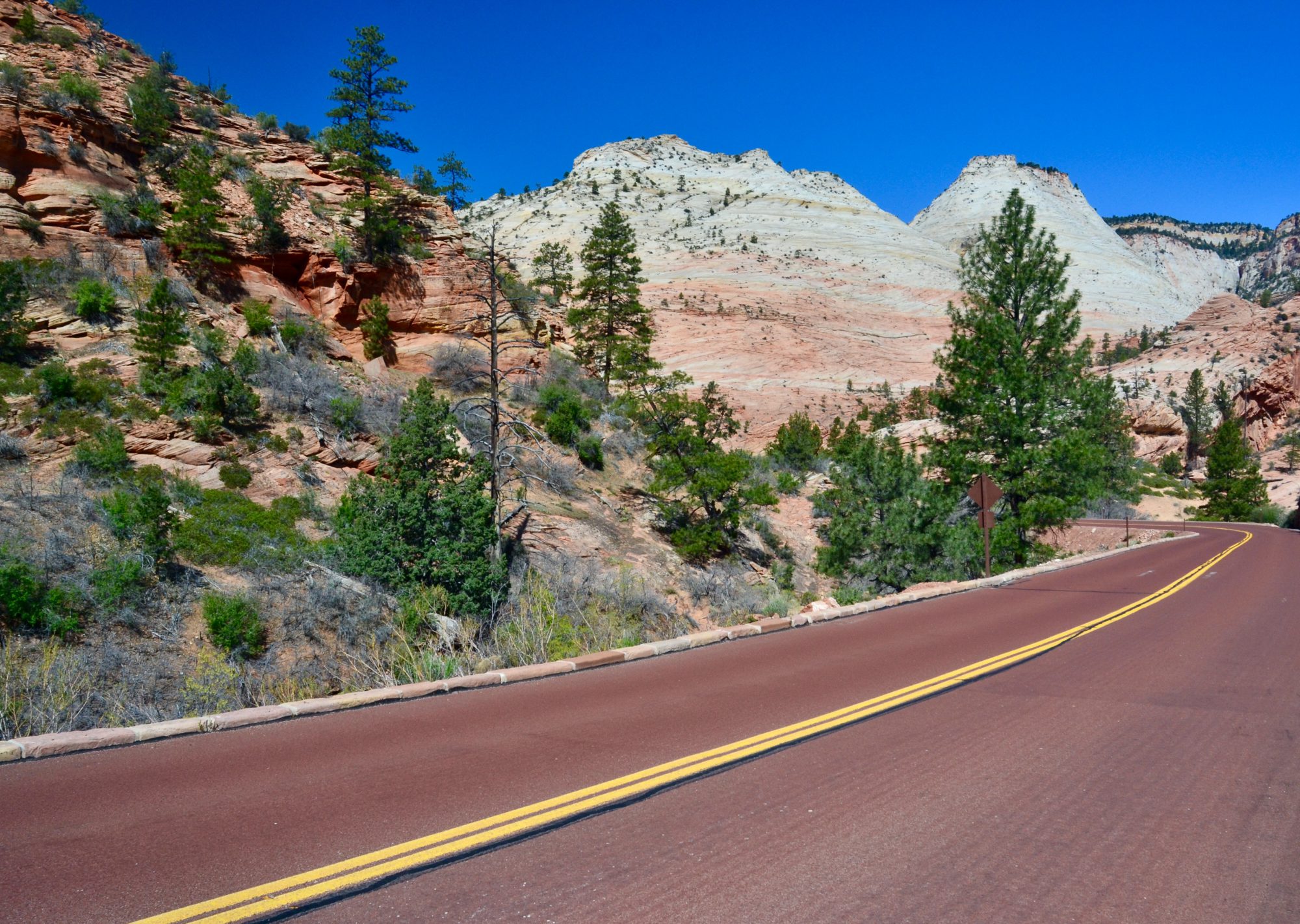
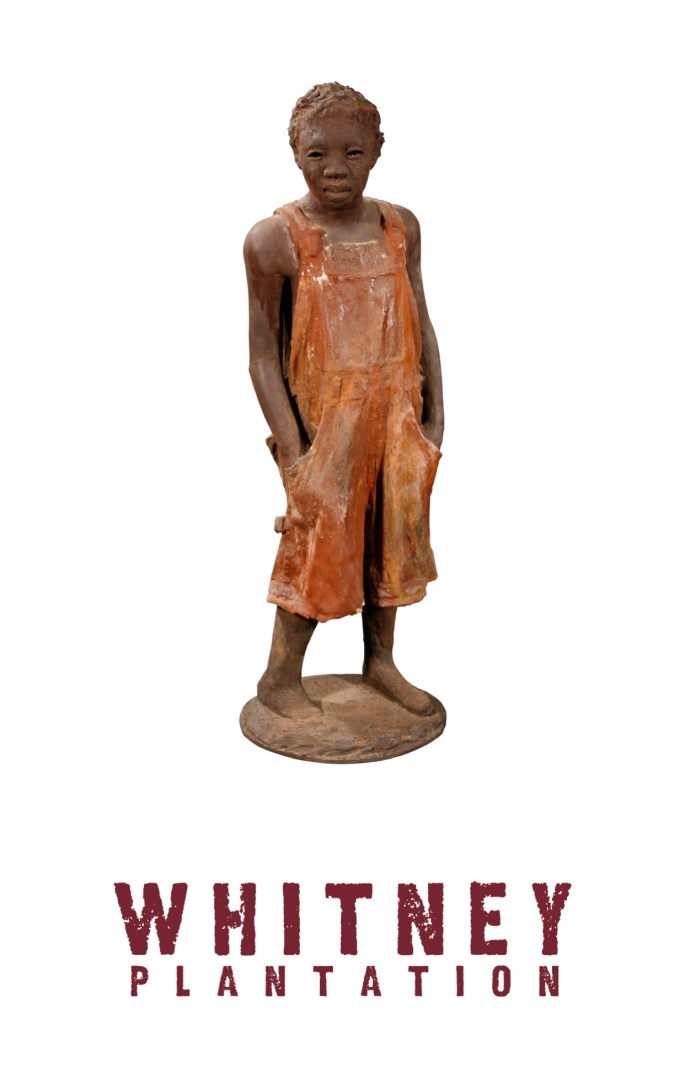
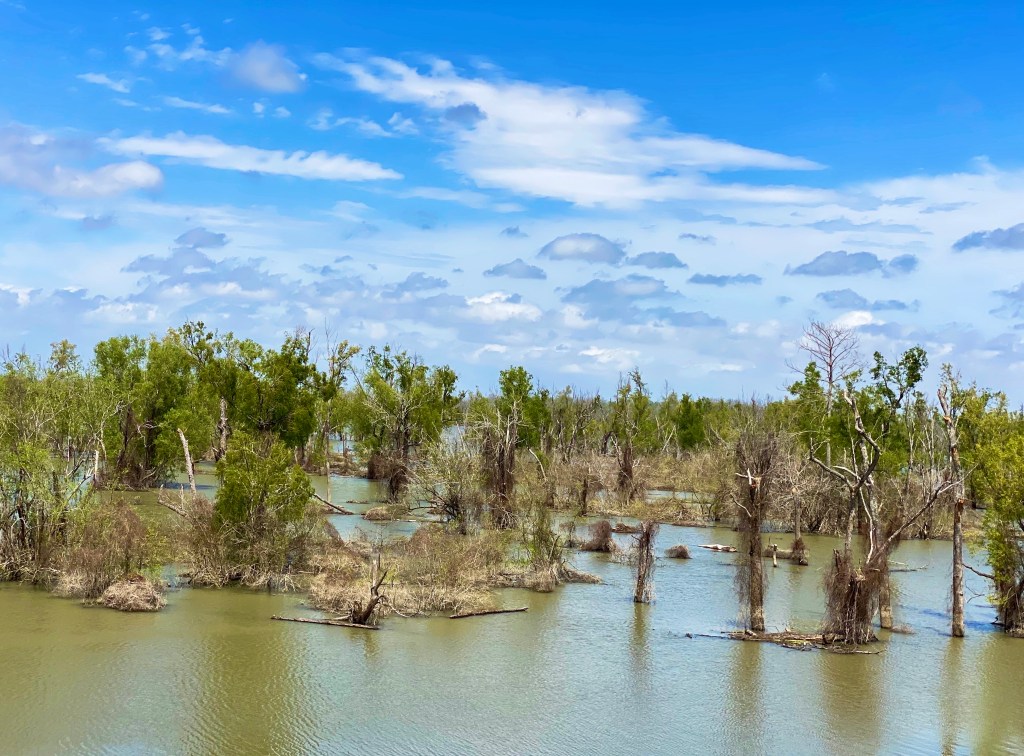


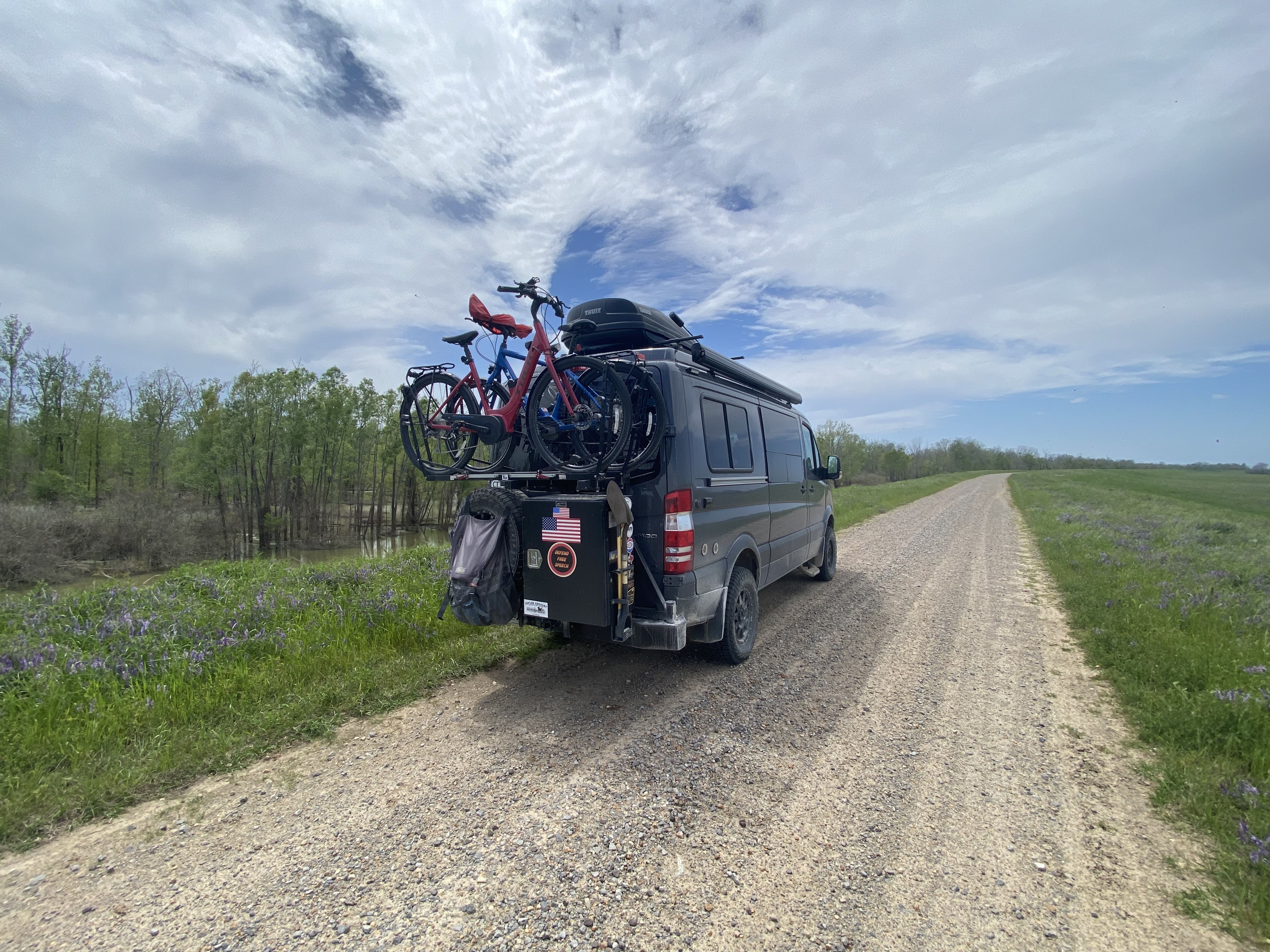
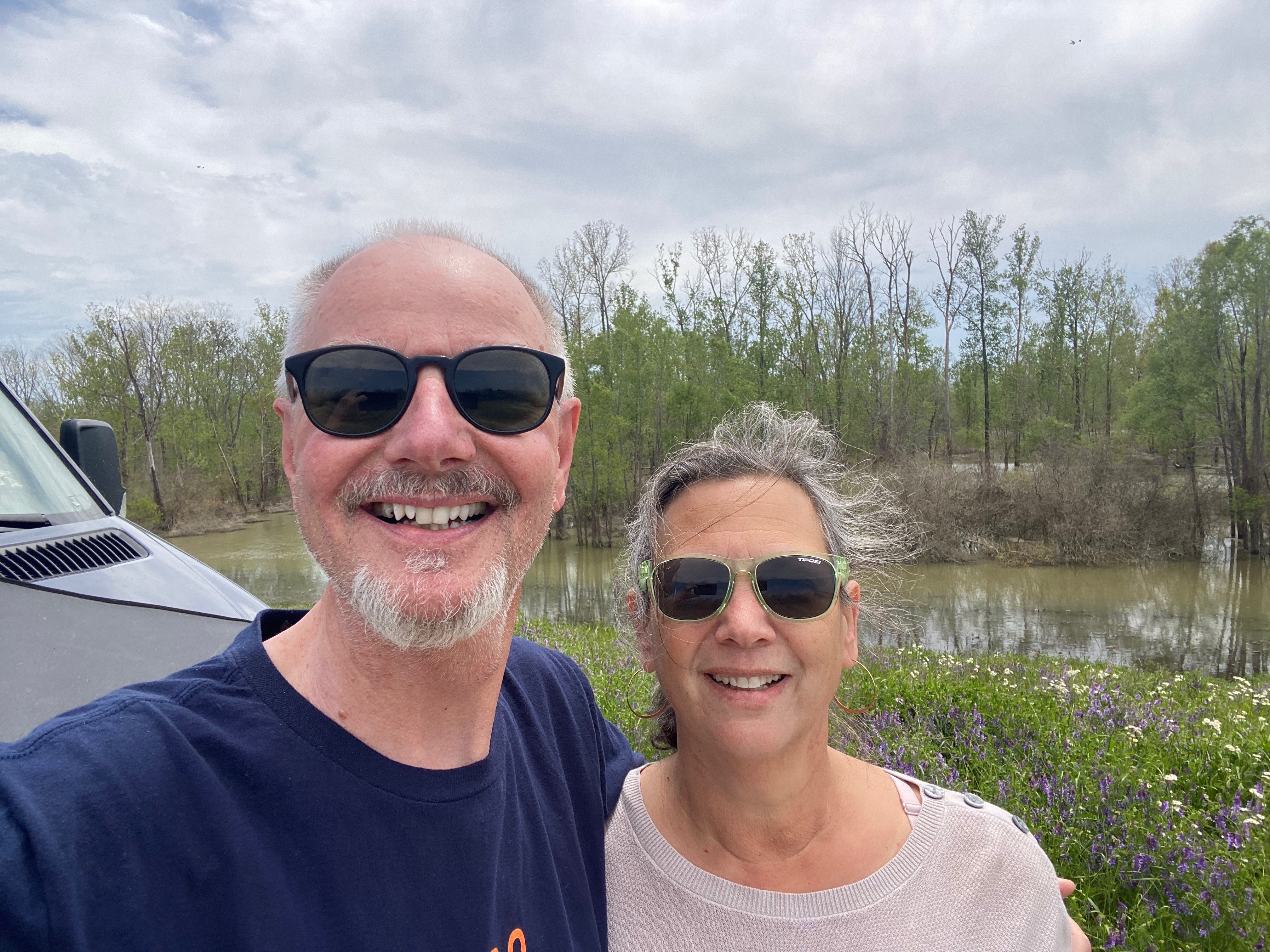



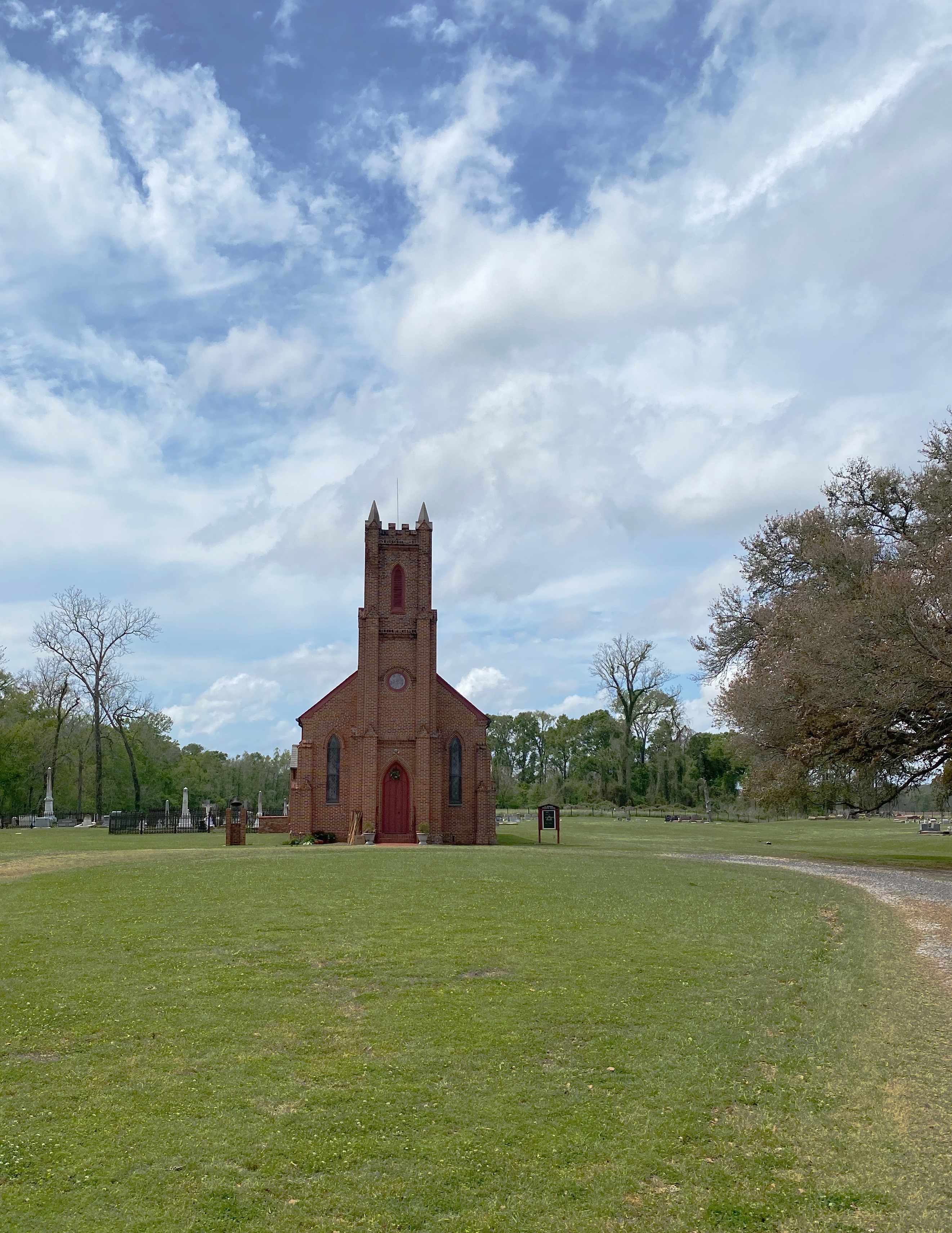







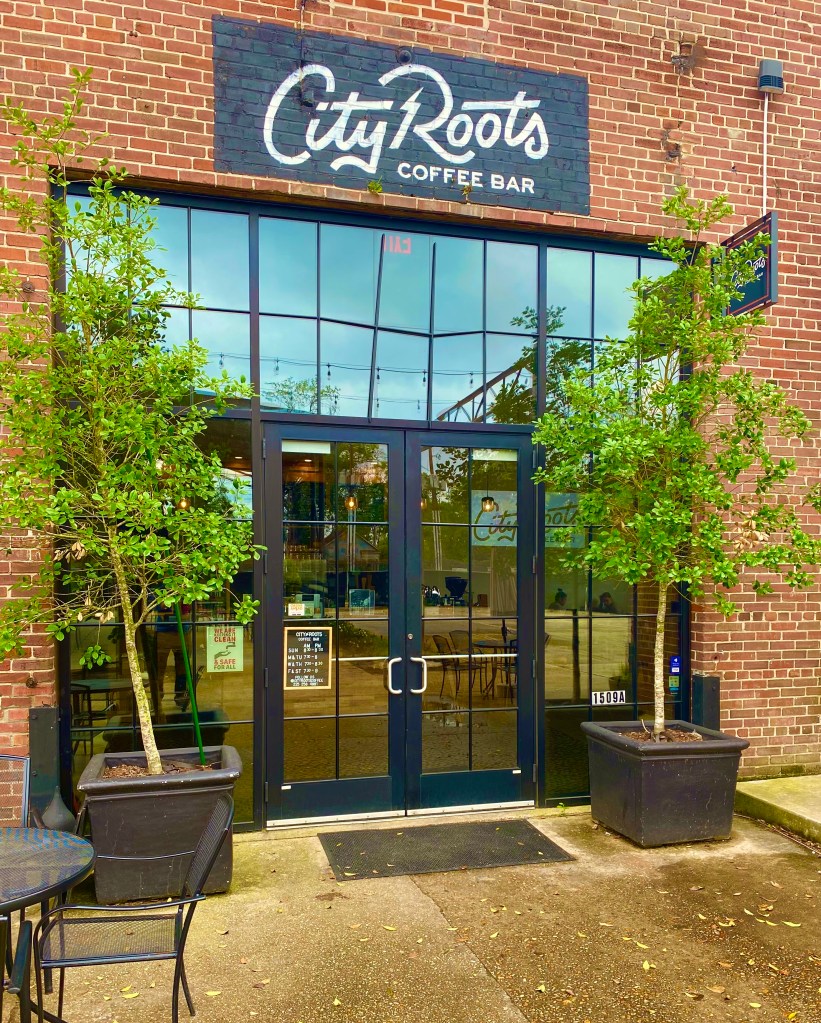






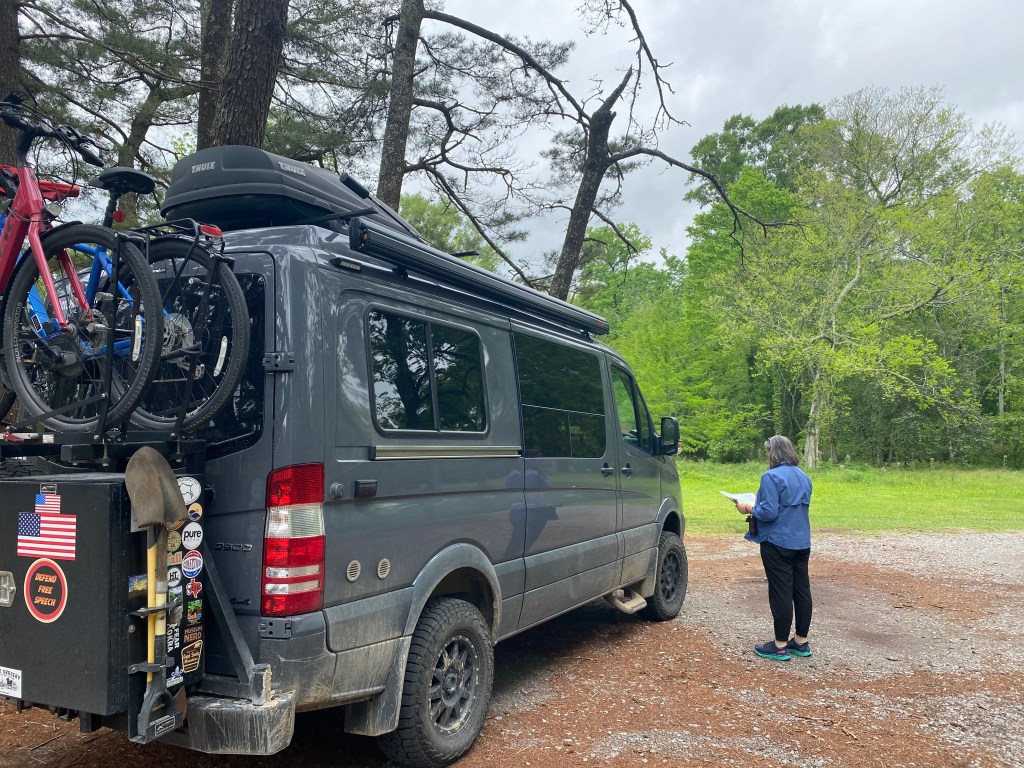













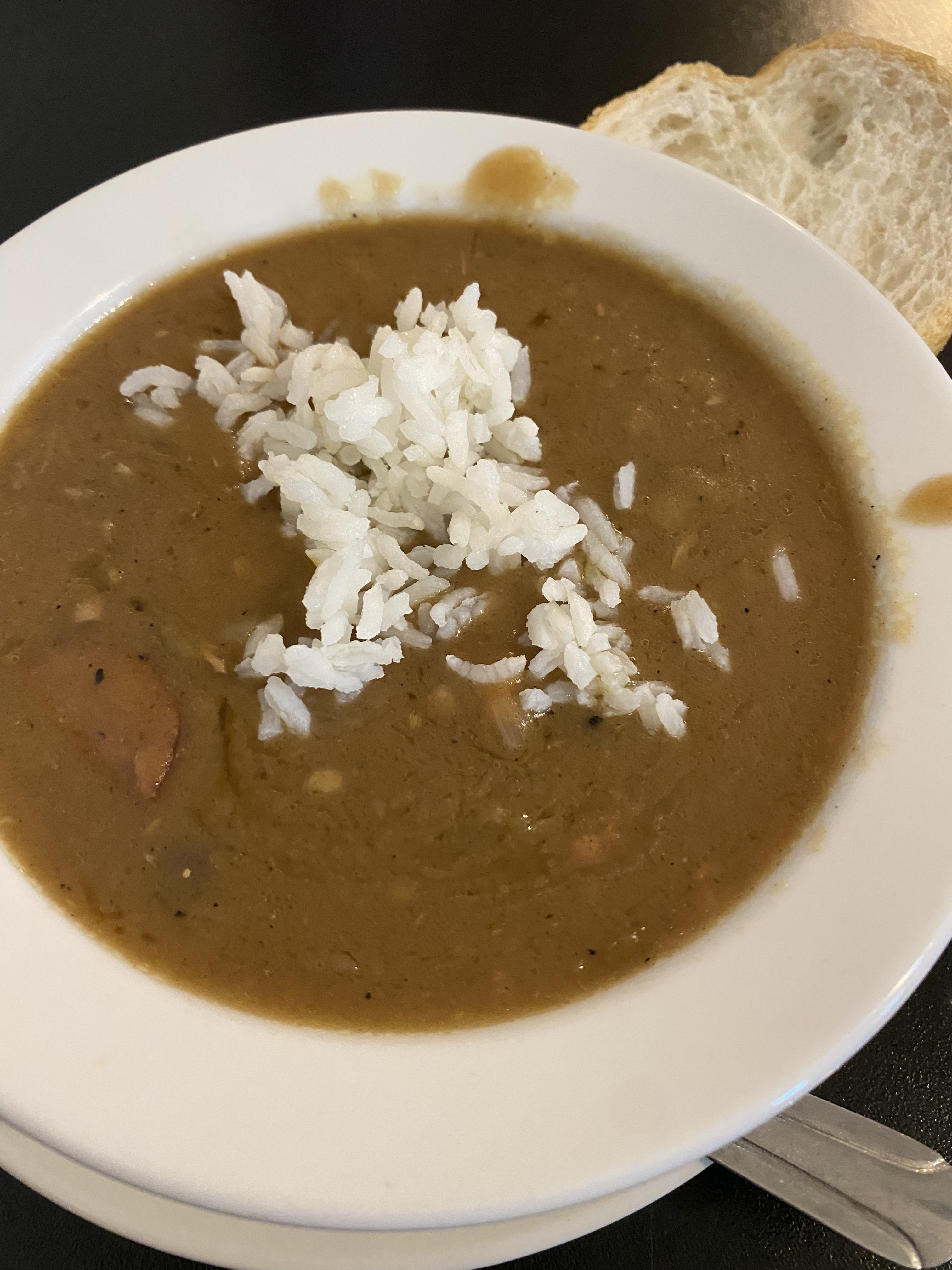



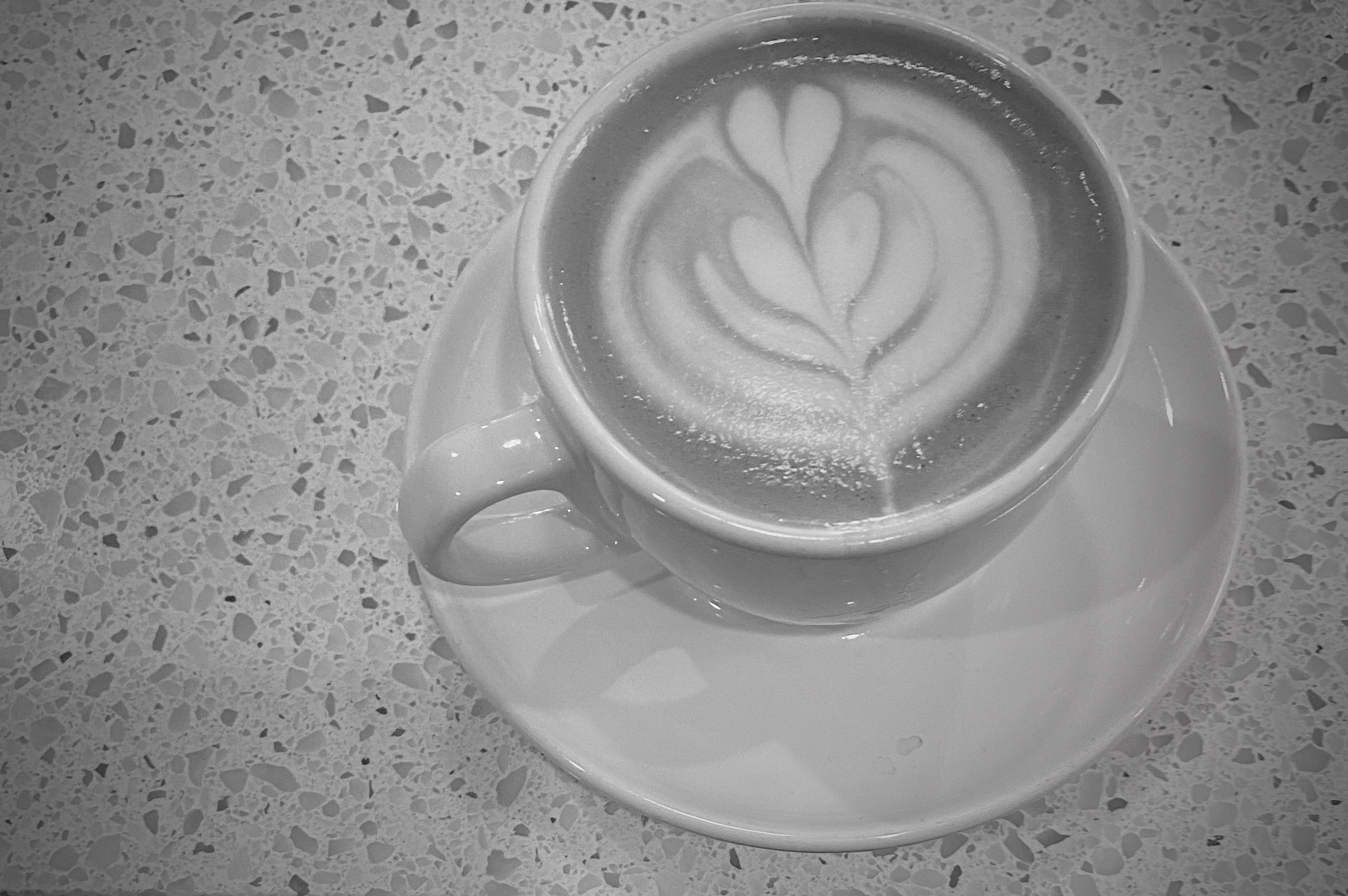








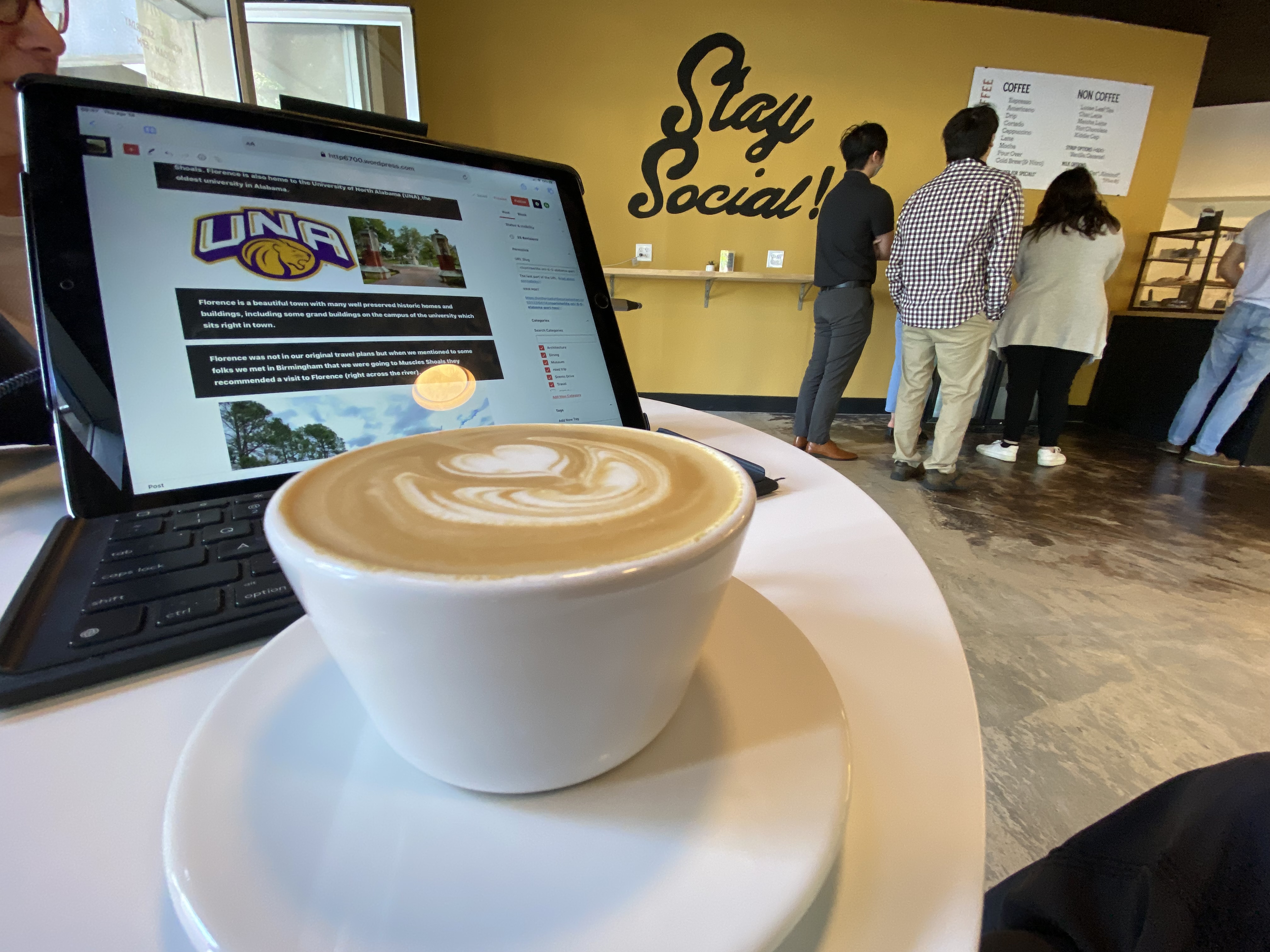



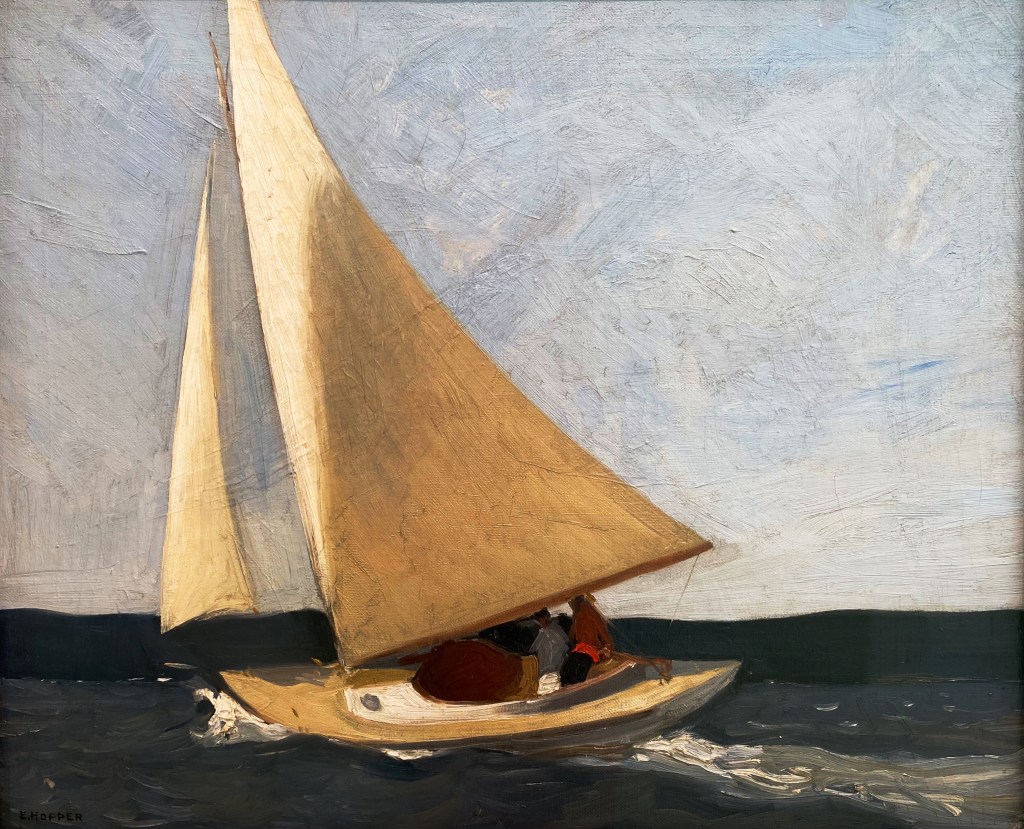


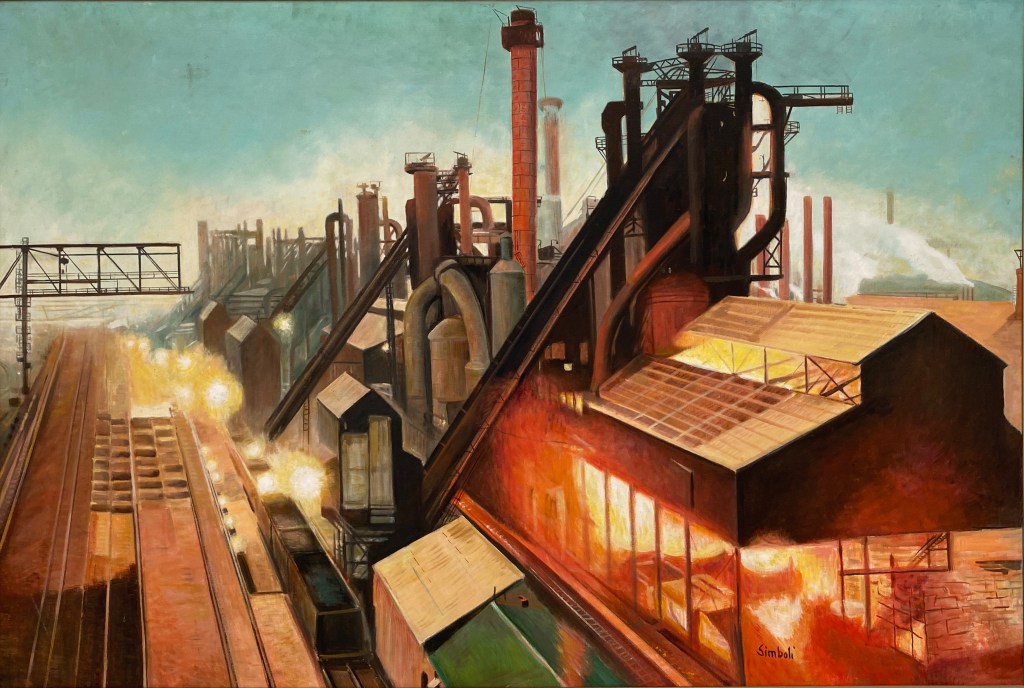
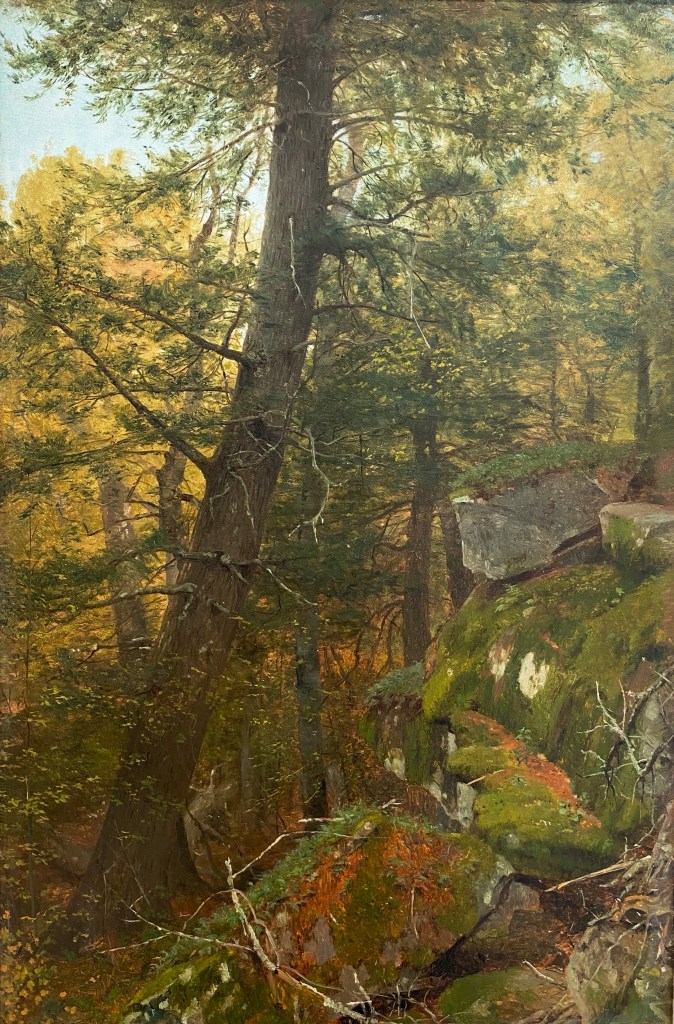
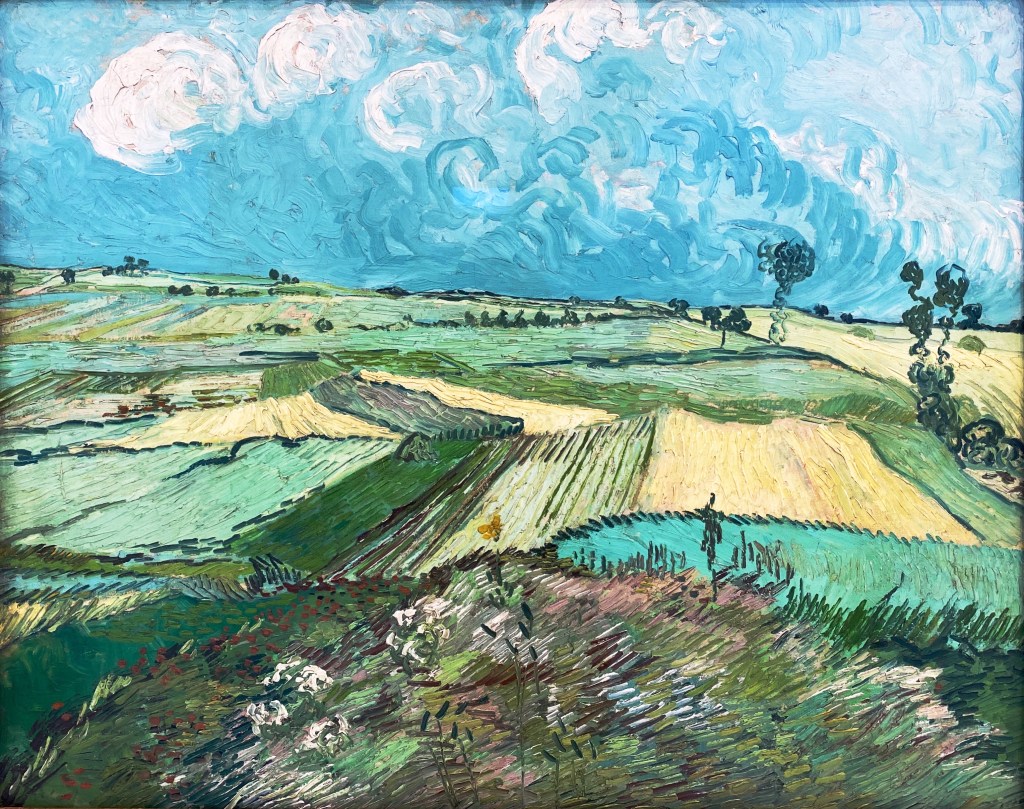
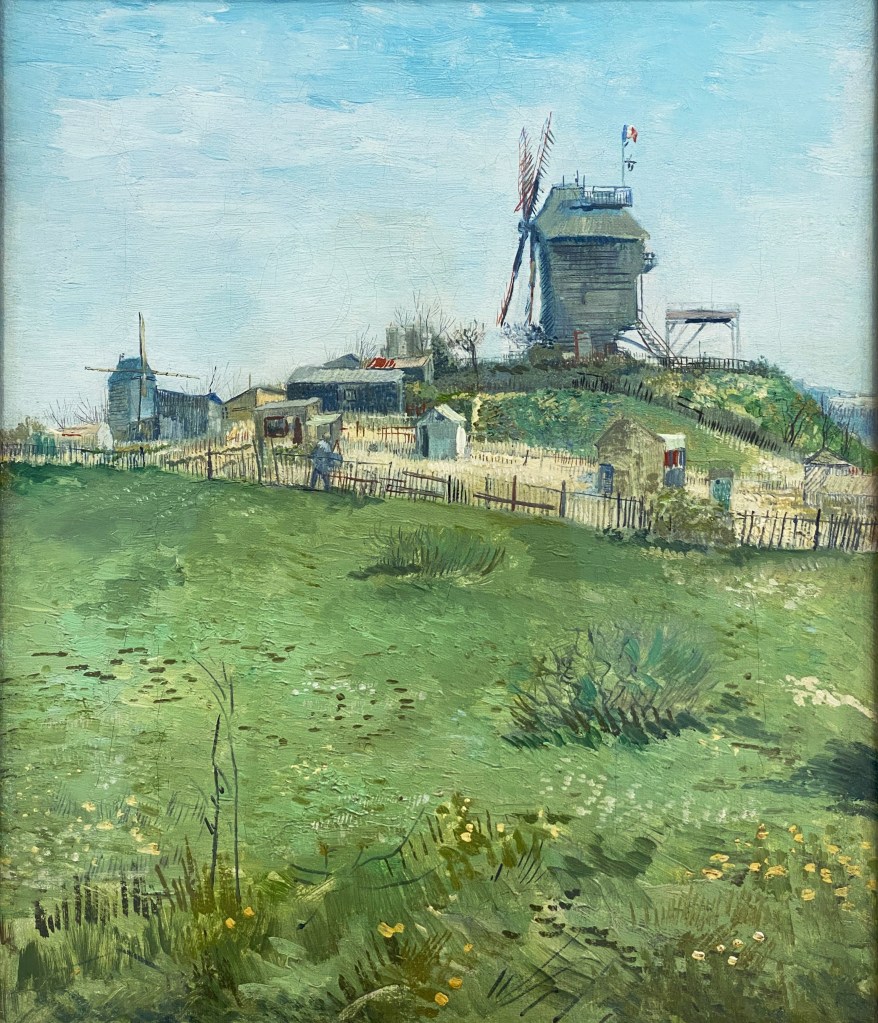
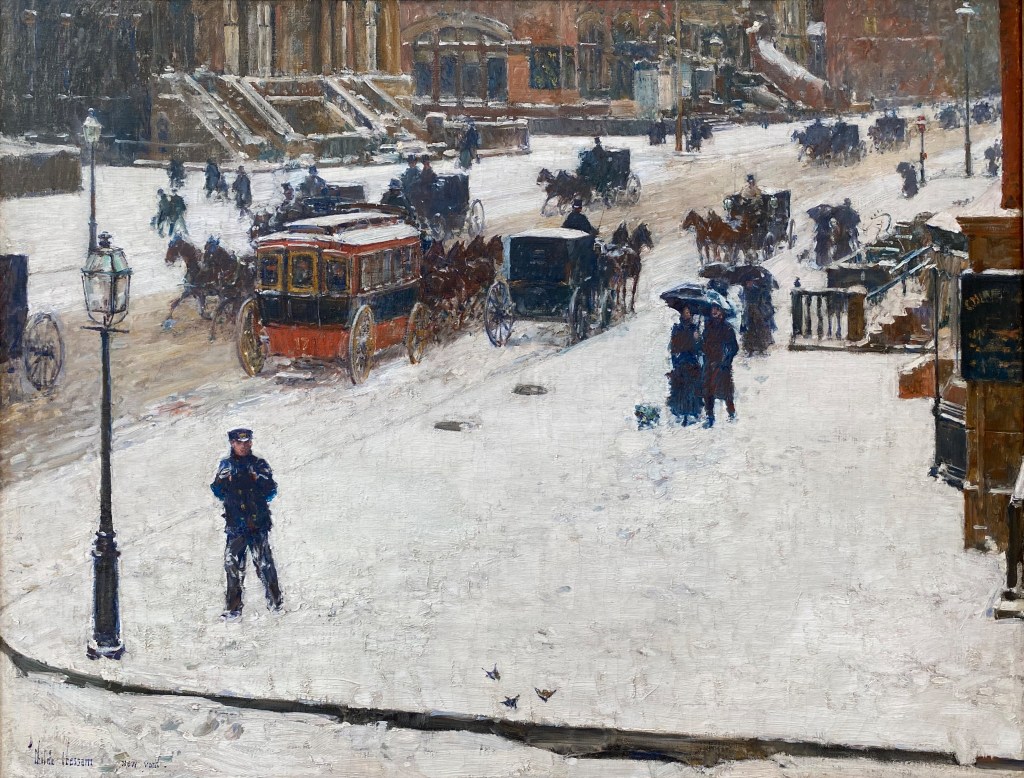




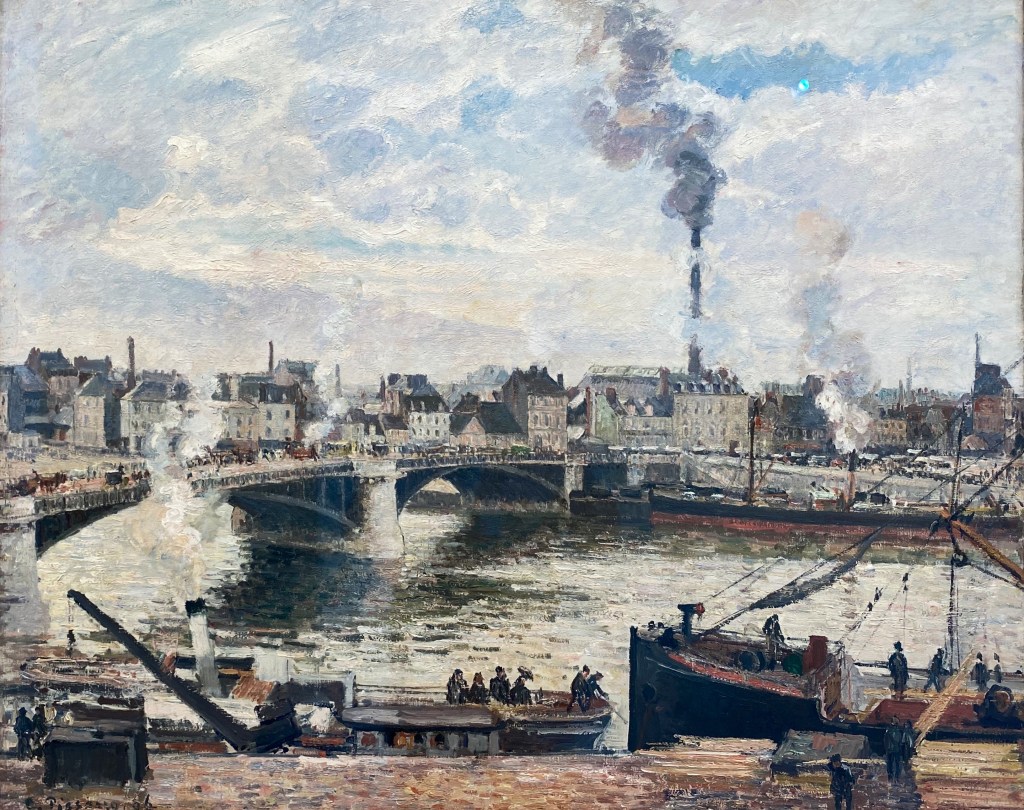



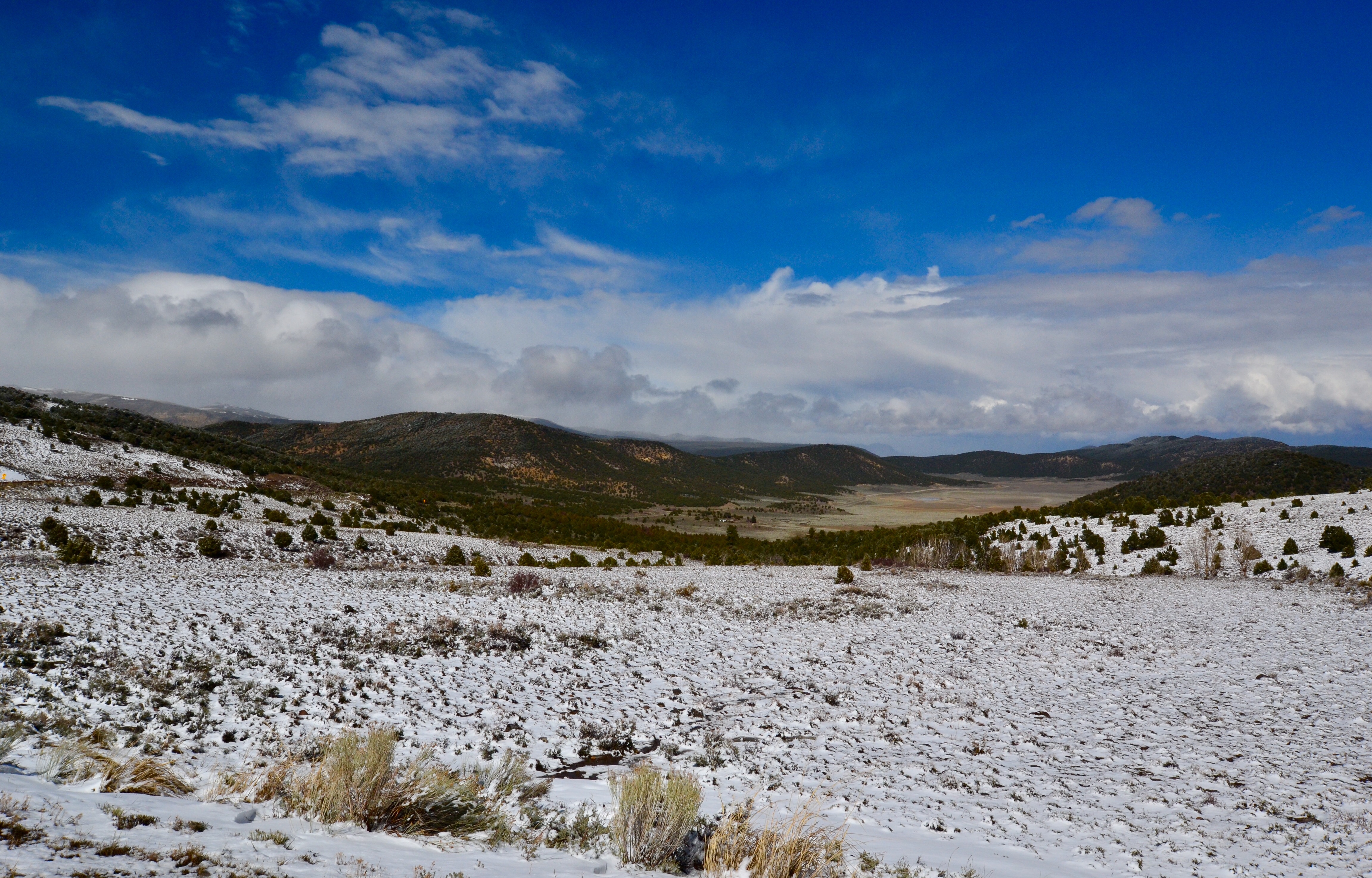 Paradise Valley, Fishlake National Forest
Paradise Valley, Fishlake National Forest Foy Bench 8975 Elevation
Foy Bench 8975 Elevation Cathedral Valley
Cathedral Valley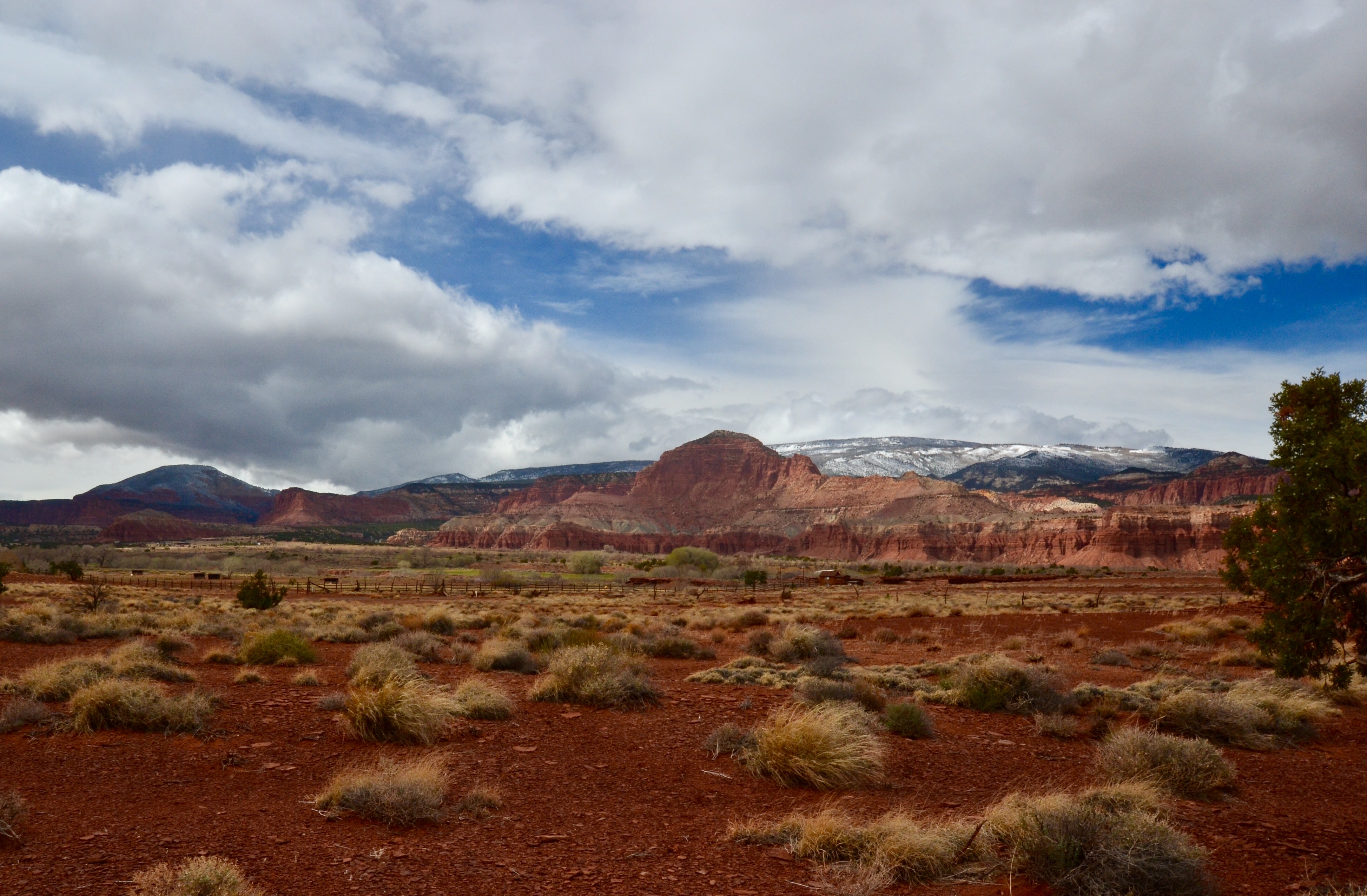 Torrey, Utah
Torrey, Utah
